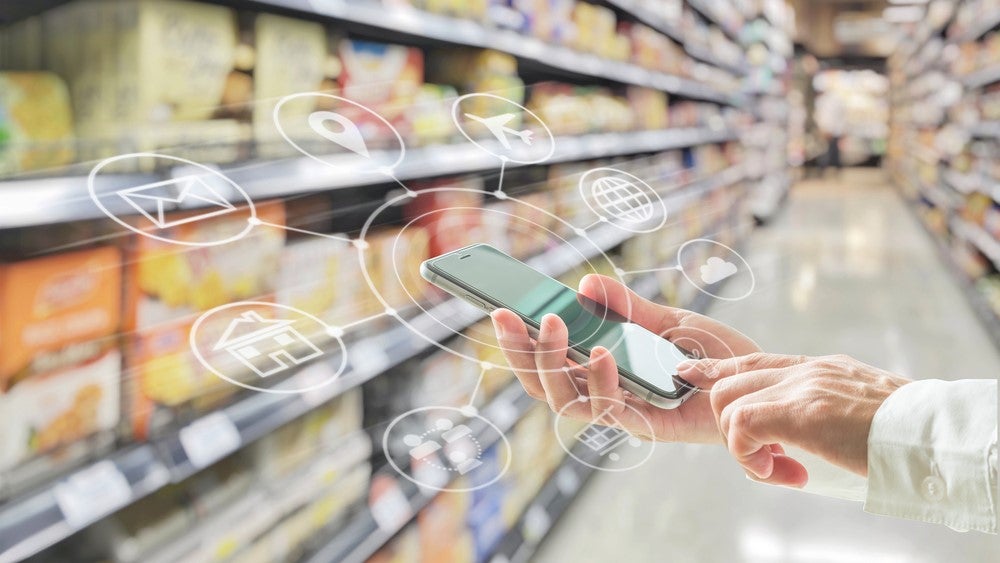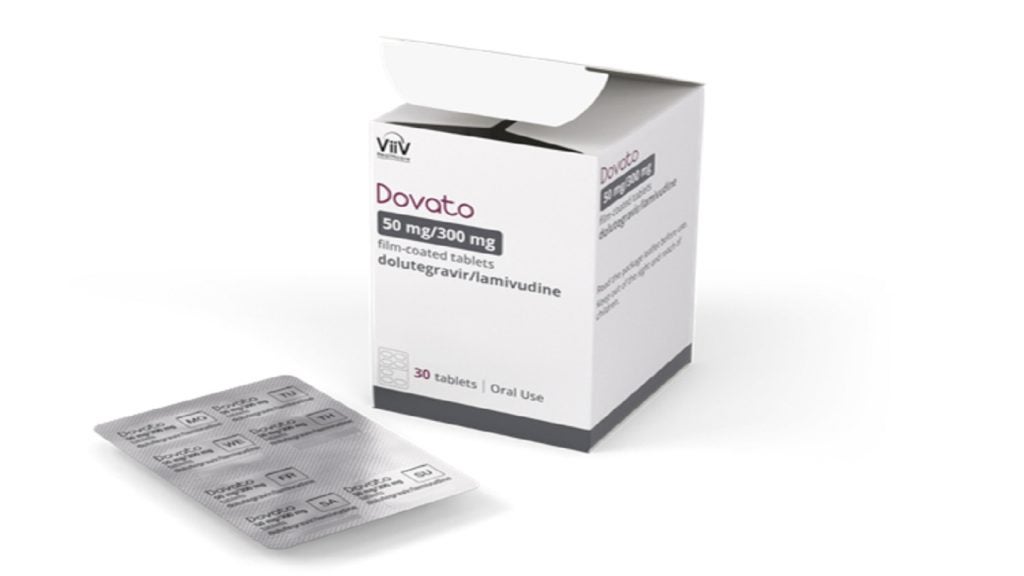The internet of things (IoT) has the potential to streamline processes across the packaging sector and, in particular, to revolutionize the understanding of packaging product life cycles.
IoT refers to a network of connected devices, including sensors, actuators, large-scale machines and consumer devices. It is the technology's function to monitor and control, as well as report and act on data, that makes it ripe for disrupting the packaging industry.
“IoT is generally used to enhance production efficiency - internet-connected sensors can monitor asset performance and condition,” explains GlobalData analyst Rory Gopsill of how the technology is already employed in the sector. “The data collected by these sensors can be analyzed by artificial intelligence (AI) to gain insights into a variety of performance-related areas.”
As the technology develops – and AI evolves – IoT’s abilities and uses will change. GlobalData predicts that “IoT will morph into the AI-powered internet of everything. The world will quickly fill out once 5G is widely deployed by 2025, with smart, sensor-enhanced devices of all shapes and sizes ranging from doorbells and traffic lights to autonomous vehicles, robots, and a host of health monitoring wearables.”
Tracking packaging with IoT
One potential area of innovation in packaging is tracking. Using IoT devices to acquire data on individual items of packaging could enable companies to have a better understanding of a product’s life cycle and to embed new insights into ESG strategies.
“IoT devices can be attached to packages so that their journey throughout a supply chain or distribution network can be traced and their condition during this journey (e.g. their temperature) can be monitored,” says Gopsill.
He gives the example of IoT platform Wiliot, which has launched a battery-free tracking tag available in sizes as small as a postage stamp. The company worked in partnership with Identiv, specialising in security and identification in IoT, to produce the tags, which transmit real-time, item-level information on location, temperature, humidity and carbon footprint.
If manufacturers employ the technology with sustainability in mind, the implications for the packaging industry could be huge. Products could be tracked from the production facility to the retailer, to the consumer and ultimately to the product’s final destination, whether this is landfill, recycling or open environment.
Outlining the significance of tracking packaging, Josh Pitman, managing director at eco-friendly packaging firm Priory Direct, tells Packaging Gateway: “By collecting live data from packages through IoT, there is the potential for greater transparency at end of life and this could become part of a firm’s ESG reporting, enabling packaging companies to measure how much of their materials end up in recycling, landfill or the open environment.”
IoT's alternative environmental potential in the packaging sector
According to a recent article published in the IoT journal: “IoT-based smart e-waste management is an emerging field that combines technology and environmental sustainability.”
The authors suggested a smart bin (an IoT device) that could collect packaging waste, monitoring and updating its contents using cloud-based technology, with the specific goal of employing “IoT and machine learning for gathering e-waste for recycling purposes.”
The suggestion is a reflection of IoT’s potential to revolutionise the environmental problems that plague the packaging industry. Despite the global push to move away from plastic, a true circular plastic economy is a long way off. The Organisation for Economic Co-operation and Development (OECD) found that, in 2019, only 9% of plastic waste was recycled globally while 22% was “mismanaged”. If the environmental impact of plastic is to be reduced, it noted, manufacturers must develop a clearer understanding of this “mismanagement”.
IoT devices – particularly when paired with AI analysis – could enable this. A recent publication in the HardwareX journal suggested that “a network of smart collectors” could be a potential solution to the waste problem faced by the packaging sector. The network would include “a monitoring phase in which the fullness levels of rubbish bins are constantly measured” as well as “a computation phase in which collected data is elaborated for the optimization of trash collection”.
Innovation in the IoT sector has the potential to offer insights that could streamline waste management and manage waste ethically and efficiently. When applied to the issue of sustainability, IoT could reduce the impact of packaging waste globally.
Obstacles to the rollout of IoT innovations
These innovations have the potential to shape what Food Science and Biotechnology recently called: “the promising future of smart food packaging, driven by technological advancements and consumer demand for safer and eco-friendly products.”
However, it faces some challenges.
“One of IoT's technological weaknesses that needs attention is their typically poor cybersecurity - many IoT sensors don't possess the computing power for proper endpoint security to be installed on them,” comments Gopsill.
IoT and operational technology (OT) devices thus often become targets for bad actors, as their connected nature and poor security make them particularly vulnerable to botnets (network of malware-infected connected devices) carrying out distributed denial of service (DDOS) attacks.
Gopsill continued: “This means threat actors can use sensors that are internet-connected and unprotected by security software as entry points into the corporate network.”
GlobalData's recent IoT in Consumer Goods report established: “We are unlikely to see pervasive IoT without the establishment of a global IoT security standard.”
However, it added that the security scene could change, noting: “The IoT security market is slowly evolving in two areas. First, IoT-related regulations, such as the US IoT Cybersecurity Improvement Act, which focuses on securing federal IoT ecosystems, are emerging. Second, more manufacturers are designing IoT devices with prebuilt security applications and providing their users with the necessary software updates to patch security breaches.”
















